17 Iconic Movies of the 1960s That Shaped the Future of Hollywood
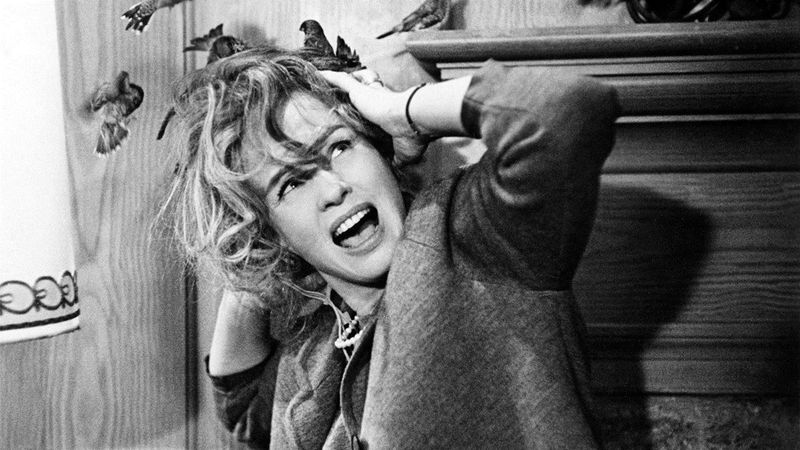
The 1960s changed everything about movies. Directors started breaking old rules, exploring bold new ideas, and creating films that shocked audiences in the best possible way. From horror masterpieces to space adventures, these movies didn’t just entertain people – they completely transformed how Hollywood made films forever.
1. Psycho (1960)

Few films jolted audiences quite like Psycho. Alfred Hitchcock shattered expectations by killing off his apparent leading lady halfway through, forcing viewers into uncharted territory. The shower scene alone redefined cinematic suspense, its quick cuts and shrieking violins burned into pop culture.
Beyond shock value, the movie introduced a new kind of horror, one rooted in psychological unease rather than monsters or the supernatural. Norman Bates became a prototype for the modern antihero—charming, sympathetic, and horrifying all at once. The film also broke censorship barriers, daring to show sexuality and violence in ways Hollywood had avoided.
Critics were divided at first, but audiences couldn’t look away. Hitchcock’s mastery of tension made the mundane terrifying, turning a roadside motel into a nightmare. Its legacy is clear: modern horror owes much of its DNA to Psycho.
2. Breathless (1960)
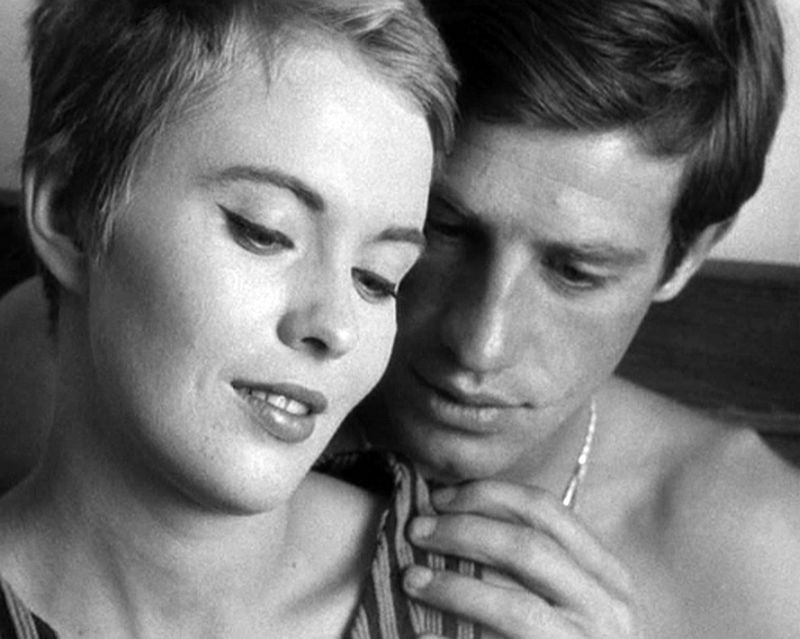
Hollywood wasn’t the birthplace of this movie, but it’s hard to imagine the American New Wave without Breathless. Jean-Luc Godard threw cinematic rules out the window, using jump cuts, handheld cameras, and improvisation to create something raw and alive.
Its cool antihero, cigarette dangling from his lips, became a template for countless cinematic rebels. American filmmakers of the 1960s absorbed its energy, realizing that stories could feel immediate and messy without losing impact. The sense of spontaneity gave movies a freedom they hadn’t felt before.
Even its casual conversations seemed revolutionary, treating small talk as cinema-worthy. While French at its core, the film’s spirit echoed across the Atlantic, inspiring a generation tired of polish and perfection. It was proof that style itself could be substance. Without Breathless, the daring films of late ’60s Hollywood might never have happened.
3. Spartacus (1960)
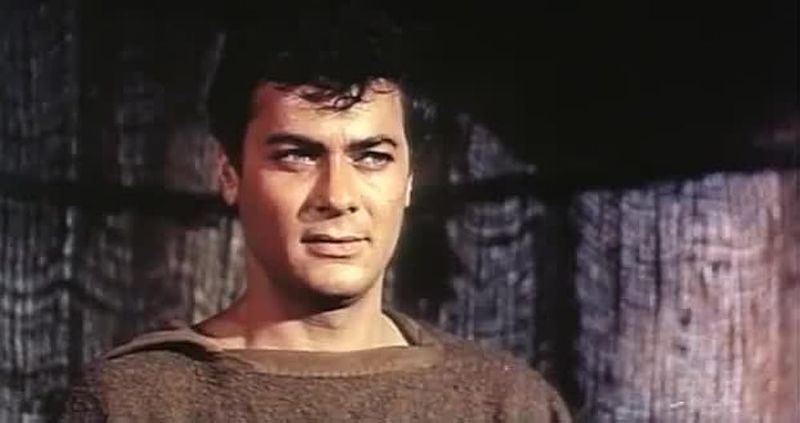
In a decade full of epics, Spartacus stood out not just for its scale but for its impact on Hollywood politics. The movie’s massive sets, thousands of extras, and sweeping battle scenes were a spectacle in themselves. Yet its most enduring legacy came from behind the scenes, when blacklisted writer Dalton Trumbo received screen credit.
That decision helped break the Hollywood blacklist, a monumental turning point for free expression in the industry. Kirk Douglas’s commanding performance gave the film heart, elevating it beyond spectacle. Stanley Kubrick’s direction, though conflicted with the studio, injected a sharp intelligence into the story.
The film blended rousing entertainment with a message of resistance and freedom. Audiences embraced both its grandeur and its ideals. It proved that big-budget Hollywood productions could be politically meaningful as well as commercially successful.
4. West Side Story (1961)
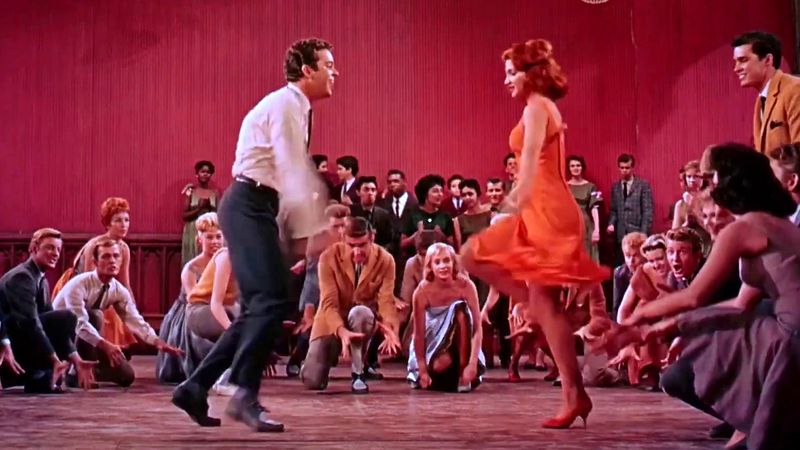
The musical had long been a Hollywood staple, but West Side Story pushed the genre into bold new territory. Its choreography exploded across urban landscapes, blending dance with raw street energy. The story of rival gangs and forbidden love gave Shakespeare’s Romeo and Juliet a modern, socially charged twist.
Unlike the polished musicals of the ’50s, this one pulsed with grit and realism. The film’s visual style, all vibrant colors and sweeping camera work, felt more like cinema than stage. Audiences were stunned by its daring combination of Broadway spectacle and real-world issues like race and class.
Its critical and commercial success proved musicals could tackle serious themes while still entertaining. For generations, its songs and dance numbers have remained iconic. More importantly, it redefined what the movie musical could aspire to be.
5. Dr. No (1962)
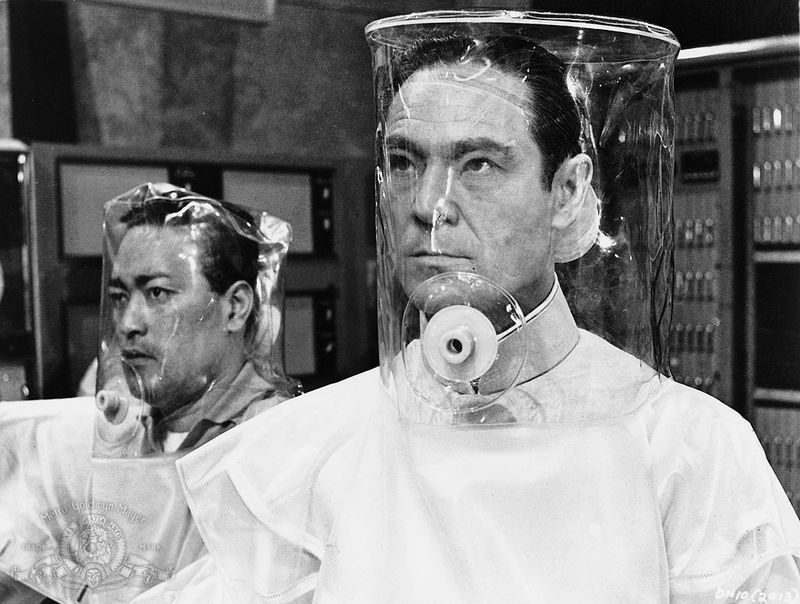
James Bond made his cinematic debut here, with Sean Connery oozing charisma as the suave spy. The movie blended action, exotic locales, and witty one-liners into a formula that would become a Hollywood goldmine.
While modest by later Bond standards, it set the template for decades of espionage thrillers. Audiences were enthralled by the mix of glamour and danger, a far cry from the dour war films that had dominated just years before. The gadgets and villains may seem simple now, but they opened the door for blockbusters built around spectacle. Hollywood took note, realizing audiences craved adventure with style.
Beyond the spy genre, its success helped establish the idea of the franchise as a cornerstone of modern cinema. Without Dr. No, the landscape of action movies might look entirely different.
6. Lawrence of Arabia (1962)
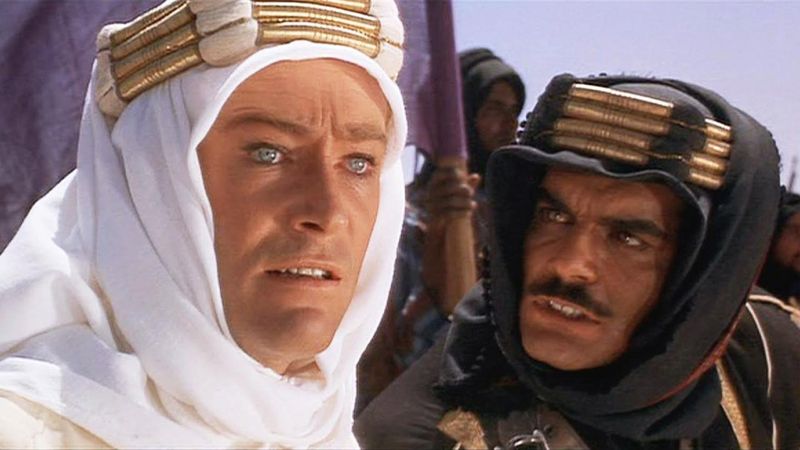
Some films are experiences rather than stories, and Lawrence of Arabia is one of them. David Lean’s sweeping epic transformed desert landscapes into canvases of pure cinema. Its four-hour runtime was matched by its ambition, exploring both the grandeur and the contradictions of heroism.
Peter O’Toole’s magnetic performance gave depth to a man torn between cultures and identities. The cinematography, with endless dunes and tiny human figures, redefined the scale of what cinema could capture. Critics hailed it as both art and entertainment, a rare blend in any era.
For Hollywood, it reinforced the idea that epic filmmaking could still be commercially viable. Yet it was more than spectacle—it was psychological, complex, and haunting. Its influence can be traced through every modern director who dares to think big.
7. The Manchurian Candidate (1962)
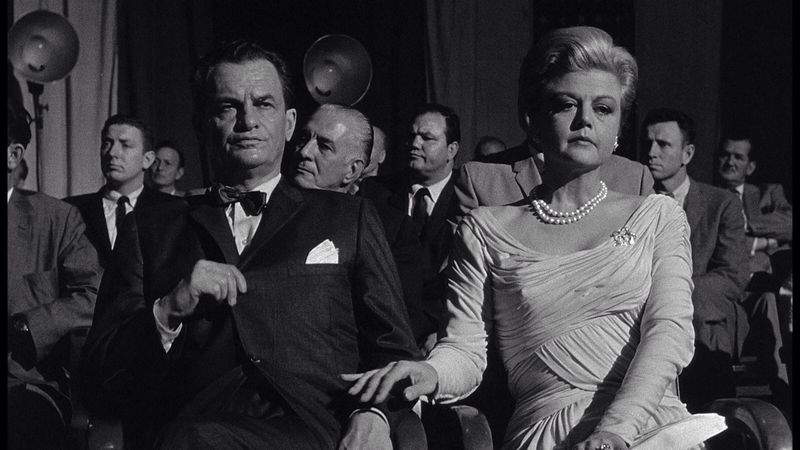
At the height of Cold War paranoia, The Manchurian Candidate delivered a political thriller unlike anything before it. The story of brainwashing, assassination plots, and hidden loyalties tapped directly into national anxieties. John Frankenheimer’s sharp direction made the film both suspenseful and unsettlingly plausible.
Its blending of noir style with political drama gave it a unique edge. Angela Lansbury’s chilling performance as the manipulative mother remains one of cinema’s great villains. Though controversial, it expanded the boundaries of what Hollywood dared to say about politics and power.
Audiences left theaters shaken, forced to question the stability of the institutions they trusted. The film laid the groundwork for the paranoid thrillers of the ’70s. In retrospect, it was decades ahead of its time.
8. The Birds (1963)
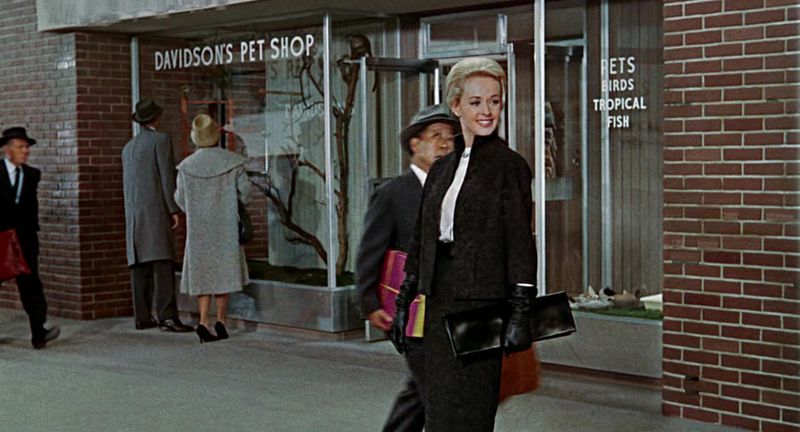
What began as a small-town romance unraveled into a terrifying spectacle of unexplained attacks. The absence of a clear motive or resolution made the film especially unsettling. Hitchcock pushed visual effects to new limits, staging sequences that still unsettle today.
The eerie lack of a musical score added to the sense of dread, forcing audiences to sit with silence and sudden chaos.
Beyond its thrills, the film symbolized humanity’s fragile control over the natural world. It inspired countless disaster and creature features that followed. For audiences in 1963, it was unlike anything they had seen before. The sense of unease it created still lingers in modern cinema.
9. A Hard Day’s Night (1964)
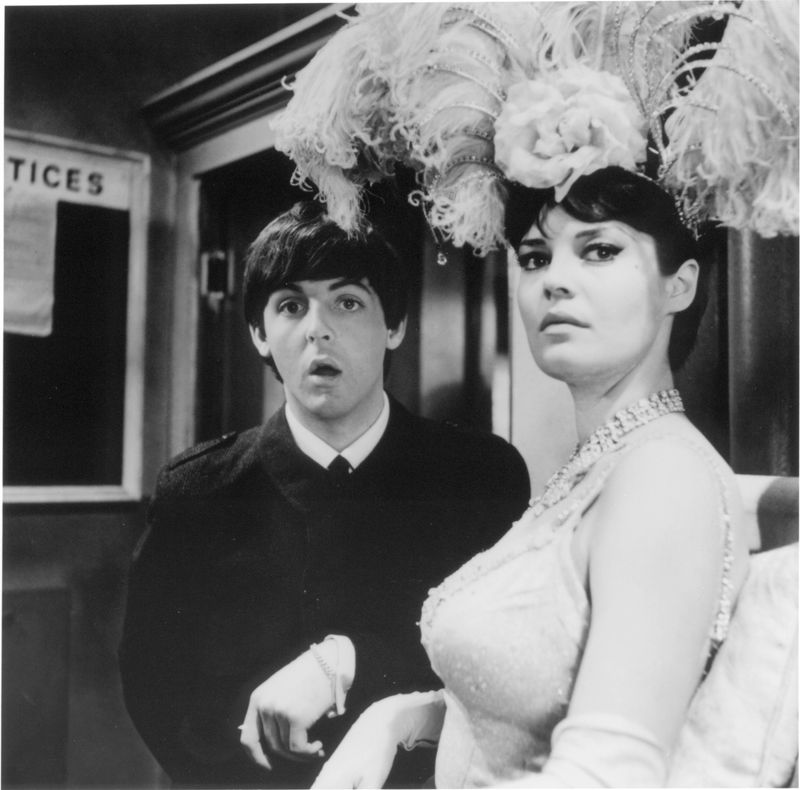
Before MTV existed, A Hard Day’s Night showed how music and film could merge into something electric. The Beatles played themselves in a loose, comedic narrative that captured the chaos of fame. Richard Lester’s playful direction brought jump cuts, handheld cameras, and improvisation to the forefront.
The result felt immediate, raw, and fun—like a cinematic concert with backstage access. It redefined what a music film could be, breaking from the stilted musicals of earlier decades. The film also immortalized the Beatles’ charm, ensuring their cultural dominance went beyond records.
Its kinetic style influenced everything from commercials to modern music videos. While critics debated its artistic merit, audiences embraced its energy wholeheartedly. In hindsight, it was a revolutionary experiment disguised as pop fluff.
10. Dr. Strangelove (1964)
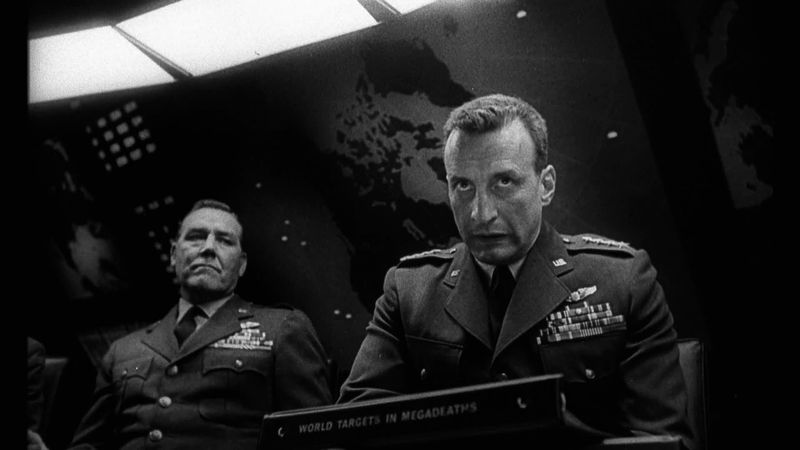
Its boldness lay in tackling unthinkable topics with wit rather than solemnity. Peter Sellers’ multiple roles showcased his comic genius while embodying the madness of power.
The film’s dark humor forced audiences to confront the insanity of global politics. Kubrick’s meticulous framing made every scene as visually sharp as it was thematically. While shocking to some, it opened the door for satire to address taboo subjects.
Hollywood realized that laughter could be as powerful as drama in addressing social anxieties. The phrase “Strangelove” became shorthand for absurd political logic. Decades later, it still feels alarmingly relevant.
11. The Sound of Music (1965)
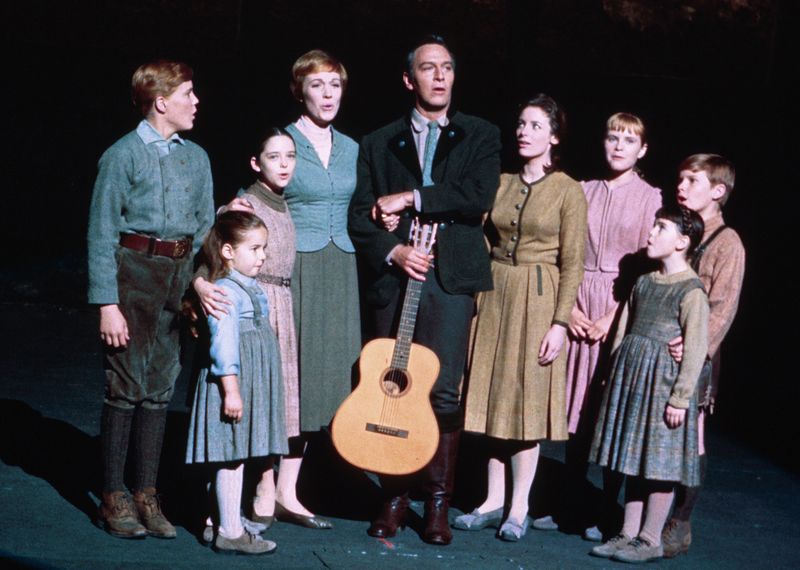
Its sweeping Alpine landscapes and unforgettable songs made it a cultural event. More than just a musical, it told a story of love, family, and resistance in the face of tyranny. Julie Andrews brought warmth and spirit to a role that became iconic.
The film’s massive success proved the enduring power of the Hollywood musical, even as the genre began to wane. Audiences worldwide embraced it, turning it into one of the highest-grossing films of all time.
Hollywood saw it as proof that wholesome, family-oriented spectacles could dominate the box office. Yet its emotional resonance ensured it wasn’t just a commercial hit. It remains one of the rare musicals to transcend its genre and become cultural shorthand for joy itself.
12. Bonnie and Clyde (1967)
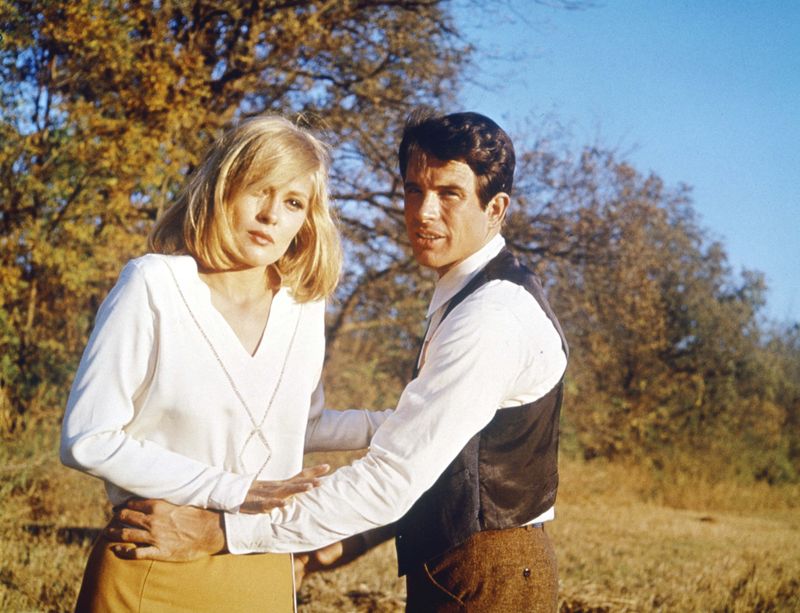
Violence in Hollywood was never the same after Bonnie and Clyde. Arthur Penn’s film shocked audiences with its stylish, balletic depictions of crime and death. Faye Dunaway and Warren Beatty brought charisma to the infamous outlaw couple, making viewers sympathize with criminals.
The film’s blending of glamour and brutality felt radical for its time. Critics were divided, with some appalled by its graphic content, but younger audiences embraced it as fresh and rebellious. Its influence can be seen in everything from The Wild Bunch to Pulp Fiction. It marked a generational divide in Hollywood, paving the way for New Hollywood filmmakers.
Suddenly, the rules about what could and couldn’t be shown on screen no longer applied. Its shocking finale still resonates as one of cinema’s most powerful moments.
13. The Graduate (1967)
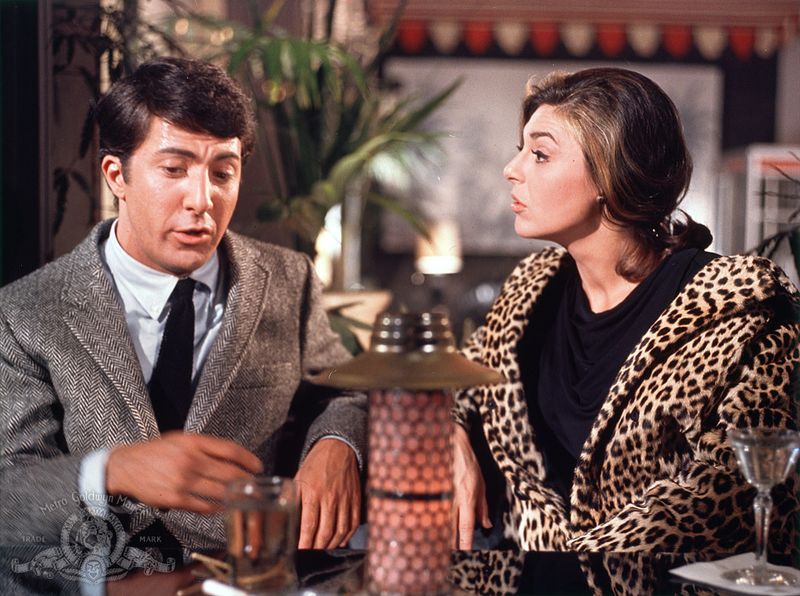
Rarely had a film captured generational discontent as sharply as The Graduate. Its story of a disillusioned college graduate drifting into an affair with an older woman spoke directly to 1960s youth. Mike Nichols’ direction gave the film a modern, stylized feel, with clever framing and visual wit.
Dustin Hoffman’s everyman performance made alienation feel universal. The Simon & Garfunkel soundtrack became inseparable from the movie, turning its themes into cultural touchstones. Audiences saw themselves reflected in its uncertainty about adulthood, relationships, and societal expectations.
It was both funny and melancholy, walking a delicate balance. Hollywood realized that youth audiences were hungry for films that spoke to their reality. With its success, the modern “youth movie” was born.
14. In the Heat of the Night (1967)
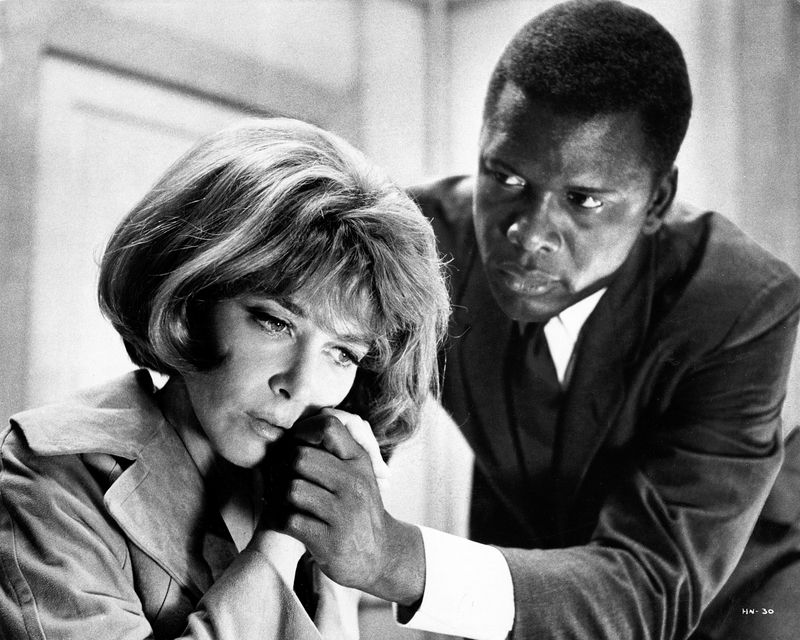
The story of a Black detective investigating a murder in a hostile Southern town was groundbreaking for its time. Sidney Poitier’s performance brought quiet strength and dignity to the role. The film didn’t shy away from the ugliness of racism, making audiences confront uncomfortable truths.
Its iconic slap scene became a symbol of defiance against prejudice. Norman Jewison’s direction balanced the tense mystery with potent social commentary.
The movie’s success showed Hollywood that socially conscious films could also be commercially viable. It went on to win Best Picture, cementing its importance. Its influence continues in every film that dares to mix entertainment with social justice.
15. 2001: A Space Odyssey (1968)
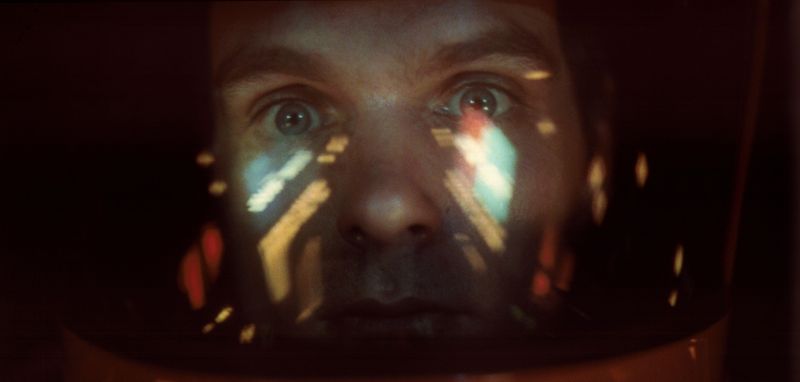
Kubrick and Arthur C. Clarke created not just a story but an experience, blending cutting-edge visuals with profound ideas. The film’s slow, meticulous pacing asked audiences to think rather than simply react. Its special effects set new standards, many of which hold up even today.
The ambiguity of its story sparked endless debate, proving that mainstream films could be intellectually challenging. Critics were initially divided, but younger audiences embraced it as visionary.
Hollywood saw that science fiction didn’t have to be pulp—it could be art. Its influence can be felt in everything from Star Wars to Interstellar. Few films before or since have dared to aim so high.
16. Night of the Living Dead (1968)
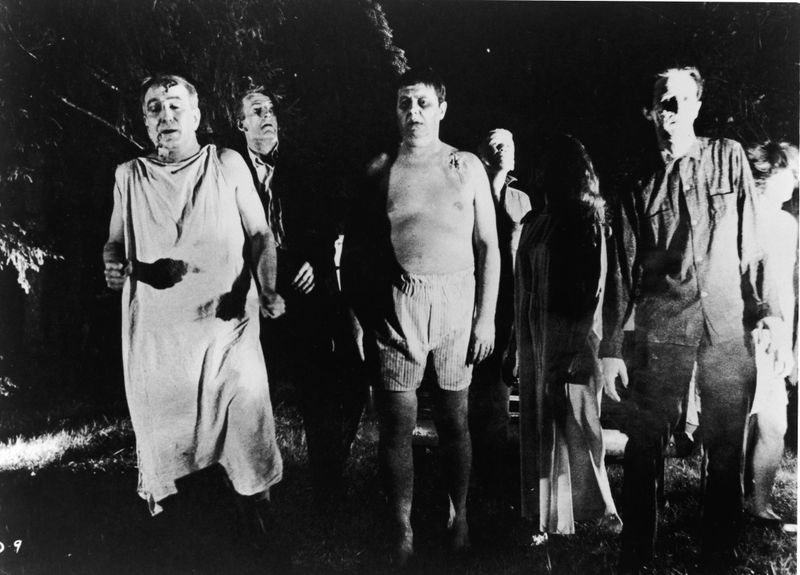
What began as a low-budget indie film redefined horror forever. George Romero’s Night of the Living Dead introduced the modern zombie, a creature that became a cultural icon.
Shot in stark black and white, the film felt raw and unsettling. Its violence and bleak ending shocked audiences used to tidy resolutions. Beyond scares, it also carried social weight, with a Black protagonist leading the story during a turbulent civil rights era.
The film’s DIY production inspired countless independent filmmakers. At first dismissed as exploitation, it slowly built a reputation as groundbreaking. It proved that horror could be socially relevant as well as terrifying. Without it, an entire subgenre might never have existed.
17. Easy Rider (1969)
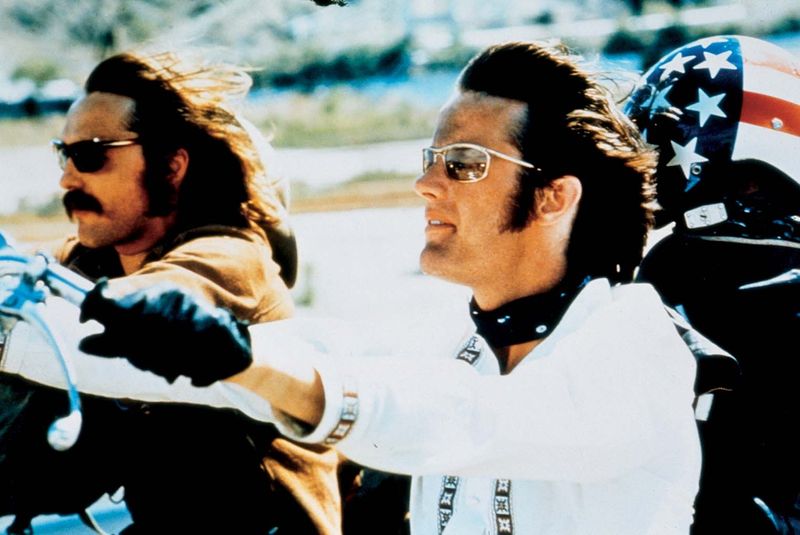
Made on a shoestring budget, the film followed two bikers journeying through an America divided by class, culture, and politics. Its freewheeling style, improvised dialogue, and use of contemporary rock music broke from Hollywood tradition.
The film tapped into the disillusionment of a generation searching for freedom and meaning. Its box office success stunned studios, proving that small, unconventional films could compete with big-budget spectacles. Directors like Dennis Hopper and Peter Fonda opened the door for the New Hollywood movement.
Suddenly, studios sought out young filmmakers with fresh, daring voices. The ending, abrupt and tragic, became a statement on the death of the ’60s dream. It remains a landmark that shifted Hollywood into a new era.

Comments
Loading…